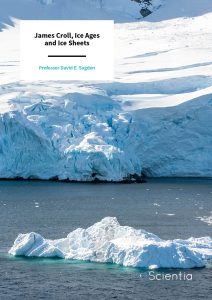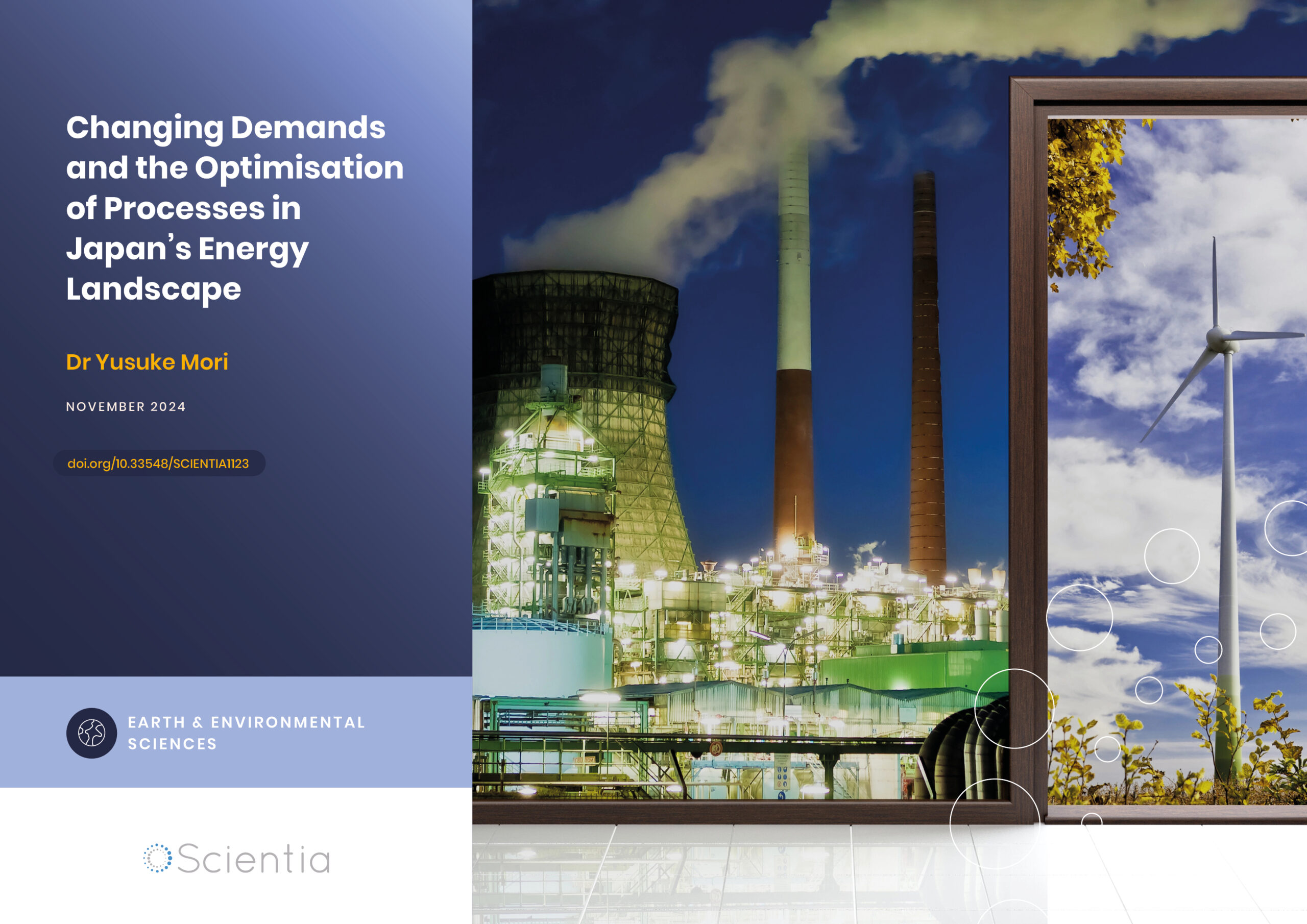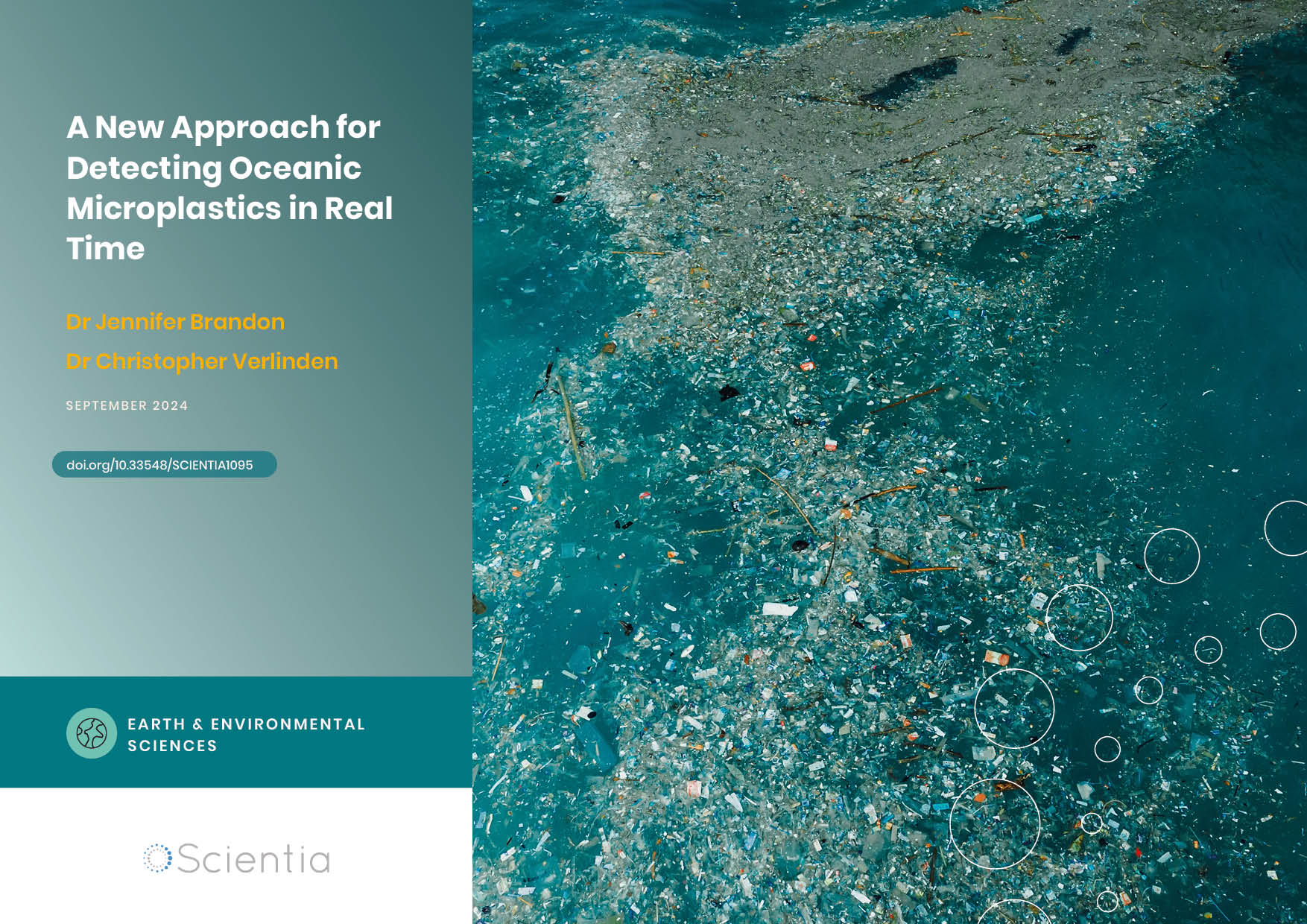Professor David E. Sugden | James Croll, Ice Ages and Ice Sheets
The phrase ‘standing on the shoulders of giants’ is often attributed to Sir Isaac Newton, meaning that scientific progress is only possible due to the contributions of the scientists who came before. However, many of these giants’ contributions are often forgotten or ignored in favour of their more famous peers. In the field of glaciology, Professor David E. Sugden from the University of Edinburgh is aiming to draw attention to one of the overlooked giants of his field – James Croll, whose work on Ice Age Theory is still relevant today.
Standing on the Shoulders of Giants
Modern understanding of our universe would not have been possible without the contributions of hundreds of years of work undertaken by scientists around the world. Many of these scientists are household names for their contributions: Albert Einstein, Isaac Newton and Marie Curie, to name but a few. Many more names are known only within their scientific fields, and even within those fields, researchers crucial to modern understanding are sometimes ignored or forgotten.
Professor David E. Sugden is a geographer and glaciologist from the University of Edinburgh in Scotland, and over his career has contributed hugely to the field. His contributions have been recognised by the International Glaciological Society Seligman Crystal, an award given to those who have ‘made exceptional scientific contributions to glaciology, defined as any snow and/or ice studies, so that the subject is now significantly enriched’. During preparation for a speech at the 11th International Symposium of Antarctic Earth Sciences in Edinburgh in 2011, Professor Sugden discovered a library collection of papers authored by James Croll, a name he knew only in passing. The significant titles of these papers, dated between 1864 and 1890, immediately attracted Professor Sugden’s attention. On deeper investigation, Professor Sugden found a remarkable story of a self-taught scientist, whose contributions to the field of glaciology remain important even in the current day.
Path to Geology
Professor Sugden found that Croll’s path to becoming a successful earth scientist had not been straightforward. Croll was a mason’s son born in 1821. After having been, by his own admission, a fairly mediocre student, Croll tried his hand at various jobs, including mill worker, insurance, and an ill-fated attempt at running a temperance hotel.
Croll’s transition to geologist came almost accidentally. In 1859, aged 38, he became a janitor at the museum that would later become the University of Strathclyde. This appointment gave him access to the latest publications and scientific discoveries of the era, as well as the time to work on his own theories. After teaching himself physics and geology, Croll published a paper in 1864 on how slight variations in the earth’s orbit could lead to ice ages. In 1867, with support from leading geologist Archibald Geikie, Croll took an administrative role at the Geological Survey in Edinburgh. Over the next few years, Croll would go on to publish several papers and books, being elected as a Fellow of the Royal Society in 1876. He finally retired in 1880, having written 92 books and papers on topics across glaciology and earth science.
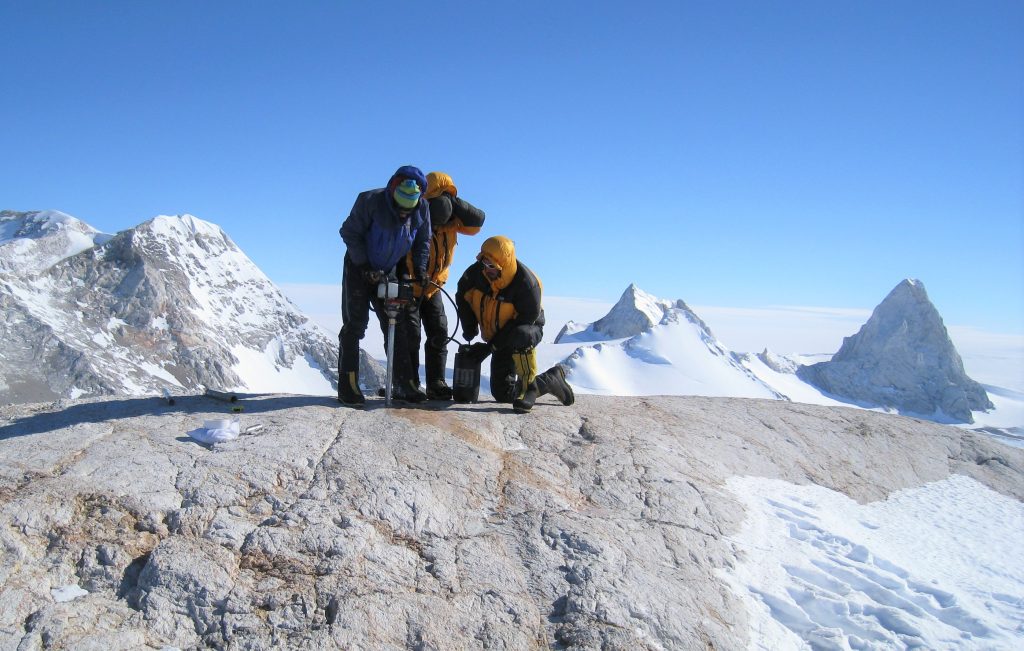
The Heritage Range in the Ellsworth Mountains. Credit. David Sugden
The Many Contributions of James Croll
Professor Sugden reports that Croll has made many contributions to the theoretical body of work in geology and glaciology. The first is his work on the contributions of the earth’s orbital fluctuations to changing climates. Croll’s theories described how even a minor fluctuation in orbit could change the amount of solar radiation distributed across the planet, and these fluctuations, combined with feedback loops, could lead to ice ages.
Croll identified two potential mechanisms of feedback that could lead to an ice age. The first is that longer, colder winters would have increased snowfall rather than rain, and that a shorter summer would not be able to melt as much of this snowfall, leading to a build-up of ice over time. This increased ice coverage lends itself to a colder atmosphere and, therefore, more snowfall.
The second and more impactful mechanism Croll theorised was that changing ocean currents would transfer heat between the hemispheres. He argued that surface ocean currents carried much more heat than atmospheric mechanisms and were driven by winds, and any change in the winds would affect the direction and strength of surface currents. The surface currents took heat from the cooling hemisphere and transferred it to the warming one, with deeper oceanic currents returning colder water to the cooling hemisphere. Croll used this explanation to describe the difference in ice coverage between the Antarctic and Arctic polar regions.
This investigation led Croll to investigate former mid-latitude ice sheets and those in the polar regions. He began looking into the movement of glaciers and how they deform and flow under gravity. This led to an 1879 paper titled ‘On the thickness of the Antarctic ice, and its relations to that of the glacial epoch’. In this paper, Croll worked out the form of the ice sheet as a dome, constantly flowing outwards from a central point. He also worked out the ice sheet’s dynamic behaviour and its thermal regime. Professor Sugden confirms that many of the theories put forward by Croll in this paper were born out by later research but that the most impressive part of this paper was that it was completed before any scientific expeditions had made it to continental Antarctica. In fact, at the time of publication, some scientists were not convinced that Antarctica, as described by Croll, existed at all!
Aside from these contributions to the body of theory in glaciology, Professor Sugden highlights that Croll’s approach to science was very modern. Although mostly working on theory, Croll was keen that his theories be tested against evidence. As part of his work investigating glacial flow and ice ages, he examined interglacial deposits in Scotland, and identified that much of his work on ice sheet thickness could be investigated in the more accessible Greenland rather than having to travel to Antarctica. Professor Sugden also found that Croll appreciated the interconnectedness of the processes he investigated. When looking at the thickness of the ice dome, Croll stated that ‘The area of the sheet, the thickness of its edge, the velocity of its motion outwards, the amount of snowfall, and the temperature of the climate are so related to one another that the value of any one of them can be determined approximately in terms of the rest.’
So why has Croll faded from the memory of many earth scientists? Professor Sugden explains that as new evidence came to light, some of Croll’s theories began to show mismatches with the evidence. For example, Croll’s view that cold winters rather than cool summers are the driving force behind glacial growth was found to be incorrect.
However, Professor Sugden also suggests that it was a mismatch of personality rather than theory that led to Croll’s underappreciation. Accounts from the time show that Croll would bluntly object to theories he disagreed with, a habit that wasn’t likely to win him many friends amongst his peers. Despite the professional disagreements, Professor Sugden is adamant that James Croll’s contributions to the field of glaciology have earned him much more recognition than he is currently paid. Professor Sugden’s work in bringing James Croll’s story and achievements to light reminds us that there may be many more names across many fields of science still waiting for their accomplishments to be properly appreciated.
SHARE
DOWNLOAD E-BOOK
REFERENCE
https://doi.org/10.33548/SCIENTIA936
MEET THE RESEARCHER
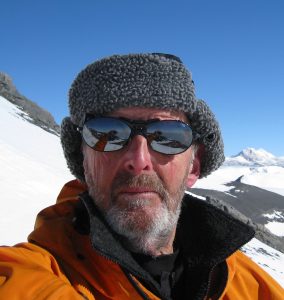
Professor David E. Sugden
School of Geosciences
University of Edinburgh
Edinburgh
Scotland
Professor David E. Sugden is a geographer and glaciologist working at the University of Edinburgh. Over the course of his career, Professor Sugden has focused his research on glacial and polar landforms, Antarctic ice sheet stability and the effects of climate change on the Patagonian ice cap. His work has been recognised with honorary degrees from the University of Stockholm and the University of Dundee, and he has been awarded the International Glaciological Society’s Seligman Crystal and the Vega Medal for physical geography from the Swedish Society for Anthropology and Geography amongst many other accolades. Professor Sugden has served in many roles during his career including the President of the Geography Section of the British Association, the Director of SAGES (Scottish Alliance for Geoscience, Environment, and Society), as well as being the inaugural head of the School of Geosciences at the University of Edinburgh.
CONTACT
W: https://www.research.ed.ac.uk/en/persons/david-sugden
T: @EdinGlaciology
KEY COLLABORATORS
Professor Sugden is grateful to the enthusiastic input of many colleagues and former students over the years.
FUNDING
UK Natural Environment Research Council
British Antarctic Survey
United States Antarctic Research Program
FURTHER READING
J Croll, D Sugden, On the thickness of the Antarctic ice, and its relations to that of the glacial epoch, Earth and Environmental Science Transactions of the Royal Society of Edinburgh, 2021, 112, 245–252. DOI: https://doi.org/10.1017/S1755691021000050
DE Sugden, James Croll (1821–1890): Ice, ice ages and the Antarctic connection, Antarctic Science, 2014, 26(6), 604–613. DOI: https://doi.org/10.1017/S095410201400008X

REPUBLISH OUR ARTICLES
We encourage all formats of sharing and republishing of our articles. Whether you want to host on your website, publication or blog, we welcome this. Find out more
Creative Commons Licence (CC BY 4.0)
This work is licensed under a Creative Commons Attribution 4.0 International License. 
What does this mean?
Share: You can copy and redistribute the material in any medium or format
Adapt: You can change, and build upon the material for any purpose, even commercially.
Credit: You must give appropriate credit, provide a link to the license, and indicate if changes were made.
SUBSCRIBE NOW
Follow Us
MORE ARTICLES YOU MAY LIKE
Dr Yusuke Mori | Changing Demands and the Optimisation of Processes in Japan’s Energy Landscape
The Snake River in the northwestern United States was once home to abundant populations of Chinook salmon. However, the building of hydropower dams has led to a dramatic drop in their numbers and puzzling changes in their migratory behaviour. Dr Charles Coutant and other biologists in the region embarked on a mission to uncover exactly how these dams are interfering with the crucial downstream journey of young Chinook salmon. His creative approach, drawing on knowledge from many different fields, has revealed a hidden culprit that may be throwing these fish off course.
Dr Charles Coutant | Dams, Disruption, and the Plight of the Chinook Salmon: Unravelling the Mystery of Delayed Migration
The Snake River in the northwestern United States was once home to abundant populations of Chinook salmon. However, the building of hydropower dams has led to a dramatic drop in their numbers and puzzling changes in their migratory behaviour. Dr Charles Coutant and other biologists in the region embarked on a mission to uncover exactly how these dams are interfering with the crucial downstream journey of young Chinook salmon. His creative approach, drawing on knowledge from many different fields, has revealed a hidden culprit that may be throwing these fish off course.
Prof. Dr. Michelle van Vliet | Invisible Water Crisis: Water Scarcity is Affected by Complex Interactions of Water Quality and Sectoral Use
Sufficient water of good quality is vital for humankind and nature. A growing global population increases the demand for water of suitable quality. In addition, climate change and increases in extreme weather events, such as droughts and heatwaves, directly affect the availability, quality, and use of water. These three factors – availability, quality, and use – interact in complex ways. Prof. Dr. Michelle van Vliet at Utrecht University is pioneering our understanding of the drivers of clean water scarcity under global change and proposing solutions to this. With her team, she focuses on the challenge of ensuring sufficient water of suitable quality to meet human demands and ensuring healthy ecosystems in our changing world.
Dr Jennifer Brandon – Dr Christopher Verlinden | A New Approach for Detecting Oceanic Microplastics in Real Time
Microplastics are tiny pollutants threatening our oceans and marine life. Current approaches to detect them are time-consuming and expensive. Oceanographers Dr Jennifer Brandon and Dr Christopher Verlinden from Applied Ocean Sciences (AOS) in the USA have developed a game-changing sensor that can swiftly detect and analyse microplastics, cutting through the existing time and cost barriers.

